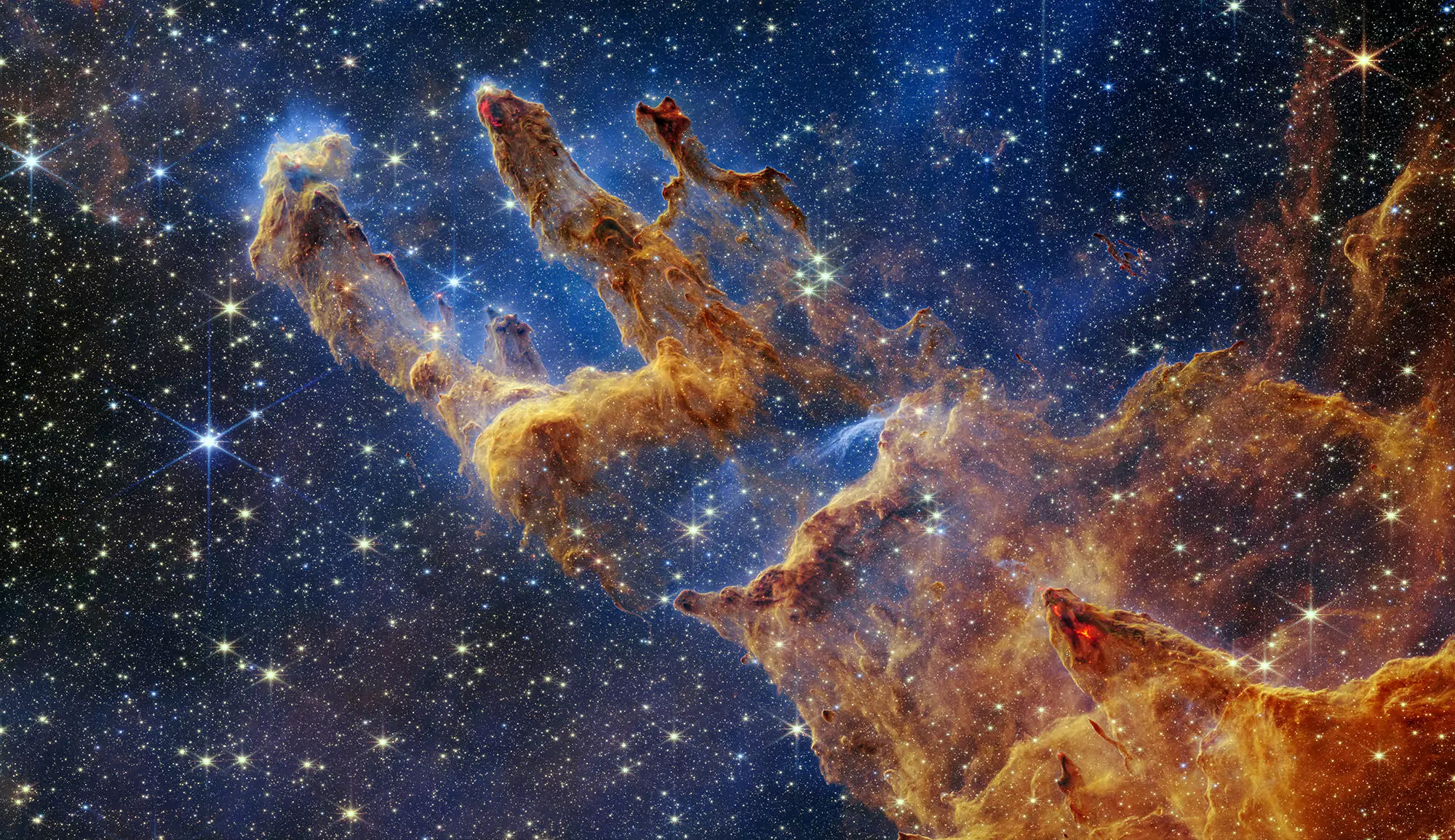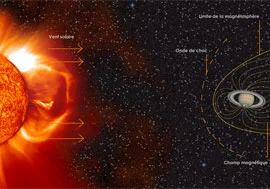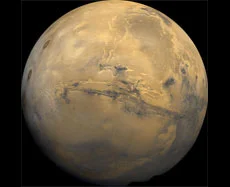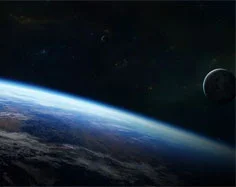
2004
Page 1 - results 1 to 10

Planetary aurorae trace an interplanetary shock from the Sun to Saturn (9 AU)
Astronomers from Paris Observatory (LESIA) observed for the first time a magnetic storm in the Saturn magnetosphere by analyzing UV aurorae of this planet,...

Severe glacial cycles on Mars
Even if the presence of ice caps has been observed on the Mars poles for more than three centuries, the arrival of Mars Global Surveyor and Mars Odyssey...

Recipe for a planet
The disk of dust and gas that formed our Solar System would have been much like those found surrounding any young star: most of the mass would have been...
International Joint Observing Program JOP178, 2004 October 5-19: 11 solar instruments point the same filament, THEMIS maps the vector magnetic field
This international Joint Observing Program was devoted to the study of the solar filaments (solar activity tracers, as tracers of the "neutral lines" of the...

First image of TeV-energy gamma-rays of a cosmic source: a supernova remnant
The new instrument H.E.S.S. (High Energy Stereoscopic System) composed of 4 Cherenkov 13m-telescopes in Namibia, has just made a map of the very high...

A new astronomical solution for the calibration of a geological time scale
A team led by Jacques Laskar, from IMCCE/CNRS and Paris Observatory has released a new solution for the long term evolution of the orbital and rotational...

VLTI watches the pulsation of four southern Cepheids

Remnants of the 1994 comet crash in Jupiter
The Cassini spacecraft, now orbiting Saturn, swung by Jupiter in December 2000. The infrared spectrometer CIRS observed the planet in the spectral range 10 -...
